Intel develops a smart glass "Vaunt" that projects images directly on the retina of the back of the eye by irradiating the laser

Google is "Google Glass", Snap is"SpectaclesWe tried to wear glasses type wearable terminals (smart glass), but none of them ended in a form that can not be said to be successful. Meanwhile, Intel, a leading semiconductor company, introduced smart glasses that directly project images on the back of the retina behind the eye by irradiating the laser "Vaunt"Under development. The Verge has released the complete picture of Vaunt by monopoly interview.
Exclusive: Intel's new Vaunt smart glasses actually look good - The Verge
https://www.theverge.com/2018/2/5/16966530/intel-vaunt-smart-glasses-announced-ar-video
What kind of wearable device is "Vaunt" which has an idea to make a line with the previous smart glasses and realized a natural feeling of attachment similar to glasses can be understood by watching the following movie.
Exclusive: Intel's new smart glasses hands-on - YouTube
Vaunt is the only tool that looks like ordinary glasses

The development code name of Vaunt seems to be "Superlite", and "lightness" which seems to have no discomfort when attached is thoroughly pursued. The weight of the equipment incorporated inside the prototype is 33 grams, and the weight of the entire eyewear is suppressed to 50 grams or less.

Equipment is installed inside the crown's crown ......
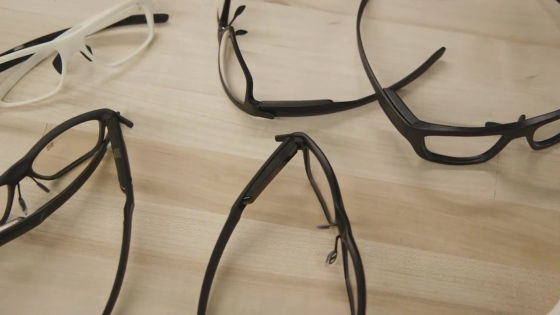
I did not have any troubles with wearing. It seems that it is difficult for others to notice from the appearance that Vaunt is a smart glass terminal.

A laser called "Vertical-Cavity Surface-Emitting Lazer (VCSEL)" mounted on the right side crane enables Vaunt's video output.
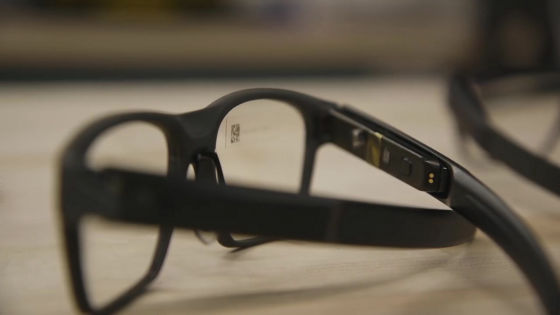
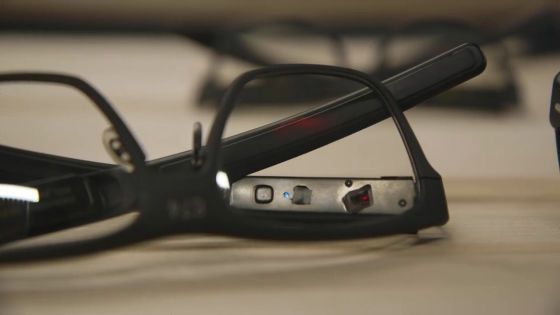
When Vaunt is attached, a small screen of 400 x 150 pixels appears in the lower right corner of the field of view and red letters and images are displayed. For example, it is possible to display guidance information while navigation is in progress.
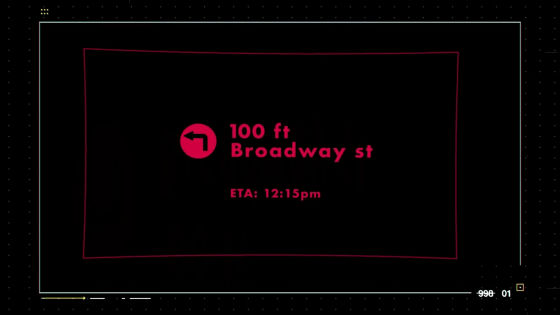
Vaunt said that images produced with class 1 low power laser are reflected on the lens surface and are imaged directly on the back side of the retina in the eyeball. Because it is the lowest limit output of Class 1, there is no adverse effect on the human body.
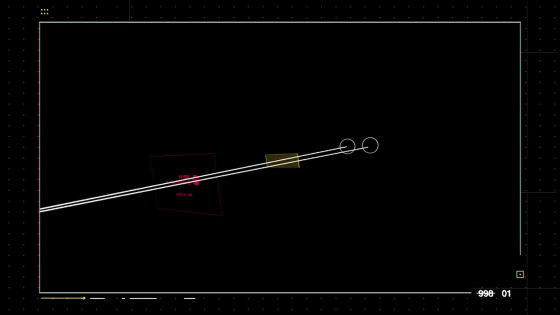
Because the device is embedded in the crown part, Vaunt function can be built in eyeglasses for vision correction.

Because it images directly on the back of the retina, it can output clear images regardless of whether vision is good or bad.
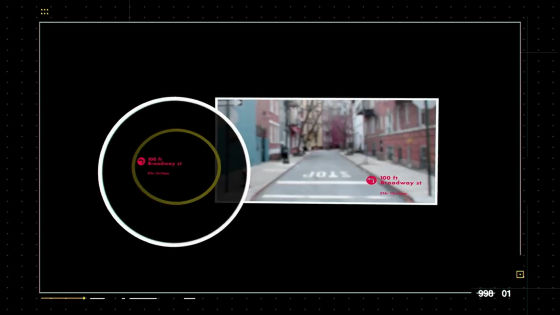
The excellent point of Vaunt is where the small screen disappears from sight, just by removing the line of sight. When you are looking at the front, you will not be conscious of any existence and you can display information only when necessary.

Unlike eyeglass-type wearable terminals such as Google Glass, you do not have to touch the glasses terminal to operate. Vaunt's role to receive and display information from external terminals such as smartphones connected by Bluetooth. It is a concept of auxiliary display that can be turned on and off within view by sight line operation. In addition, the prototype has built-in compass, it can follow the movement of the head. Eventually it is easy to imagine that speakers and microphones are loaded.

Before using, measure the distance of the pupil. This is equivalent to what we do when we create eyeglasses for vision correction. If you send the measured information to Vaunt, it is adjusted to the screen display that is right for you and you can use it immediately.

Trying Vaunt, there is no sense of incongruity, and the screen image that is clearly displayed reflects a smile unexpectedly.

Dieter Bohon of The Verge thinks that smart glasses that constantly display images in sight are too annoying, so it should be said to be a "scourge". Vaunt's style, which is totally different from them and gives information only when needed, is a good impression. For smart glasses that cover heavy and overbearing faces and heads, Vaunt, which has the same appearance and comfort as ordinary glasses, is highly regarded as smart glass that I felt wanted to wear for the first time for the first time.

Itai Vonshak of the Intel New Devices Group (NDG) says, "For example, you can call" Alexa, show recipe "during cooking and use Vaunt to display the recipe," Vaunt's I will show you how to use it. Unlike a general wearable terminal in which troublesome information comes in one after another, it is Vaunt's one way of using Vaunt to extract necessary information by his intention in combination with AI assistant etc. about. Vonshak said he realized that when smartphone first appeared, sharing service will be realized. With the introduction of Vaunt, we believe that a completely new service and communication will emerge.

Ronen Soffer of NDG uses Vaunt's scenario as an example of shopping situations at supermarkets.

"For example, looking for a shopping list from a smartphone, where is this ... ... what a bothersome thing do you do?"

"In Vaunt, information necessary for shopping appears in front of you," says that you can use it like AR.

Intel said it is not planning to sell Vaunt directly. We plan to leave Vaunt to third parties and developers on how to sell it and what kind of service it creates, and we plan to provide Vaunt's early access rights to developers. Intel will provide Vaunt terminals, SDKs, etc. as developer kits. In addition, The Verge presumes that JavaScript is necessary for programming Vaunt.
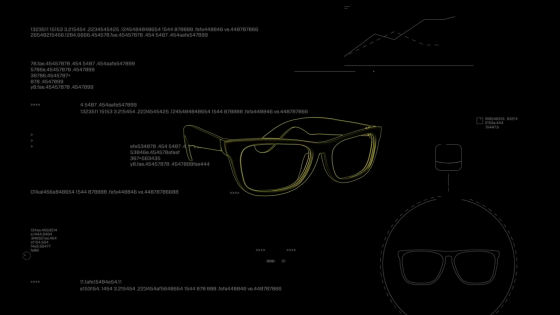
Smartphones have created new forms of conversation and communication between people.
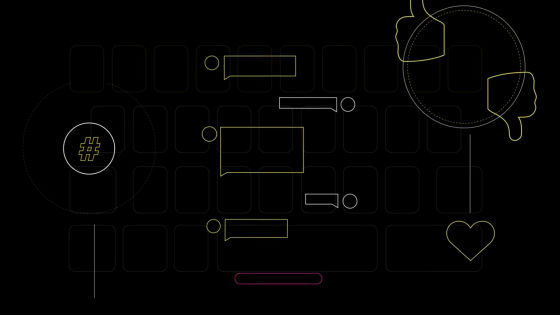
Whether Vaunt will form a whole new form of communication depends on the imagination of developers who produce Vaunt content.

Mr. Soffer informed Mr. Bohon, "I was actually playing the game in the middle of talking about this (laugh) You used Vaunt to get a completely new way to" ignore people " "I am joking and the movie is finished.
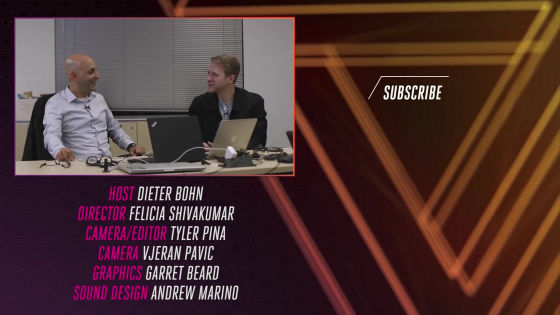
Intel, which continues to develop Vaunt, plans to raise the power saving performance so that it can be used for 18 consecutive hours. If you can use for 18 hours, you can always use it by charging while sleeping. Intel seems to be taking concrete form as a more practical idea a next-generation terminal called "smart glass" that Google and Snap failed.
· Continued
Development of Intel Retina Projection Wearable Terminal "Vaunt" Canceled - GIGAZINE

Related Posts:






